Home>Dining>Tableware>What Is The Size Difference Between A Salad Plate And A Dessert Plate?
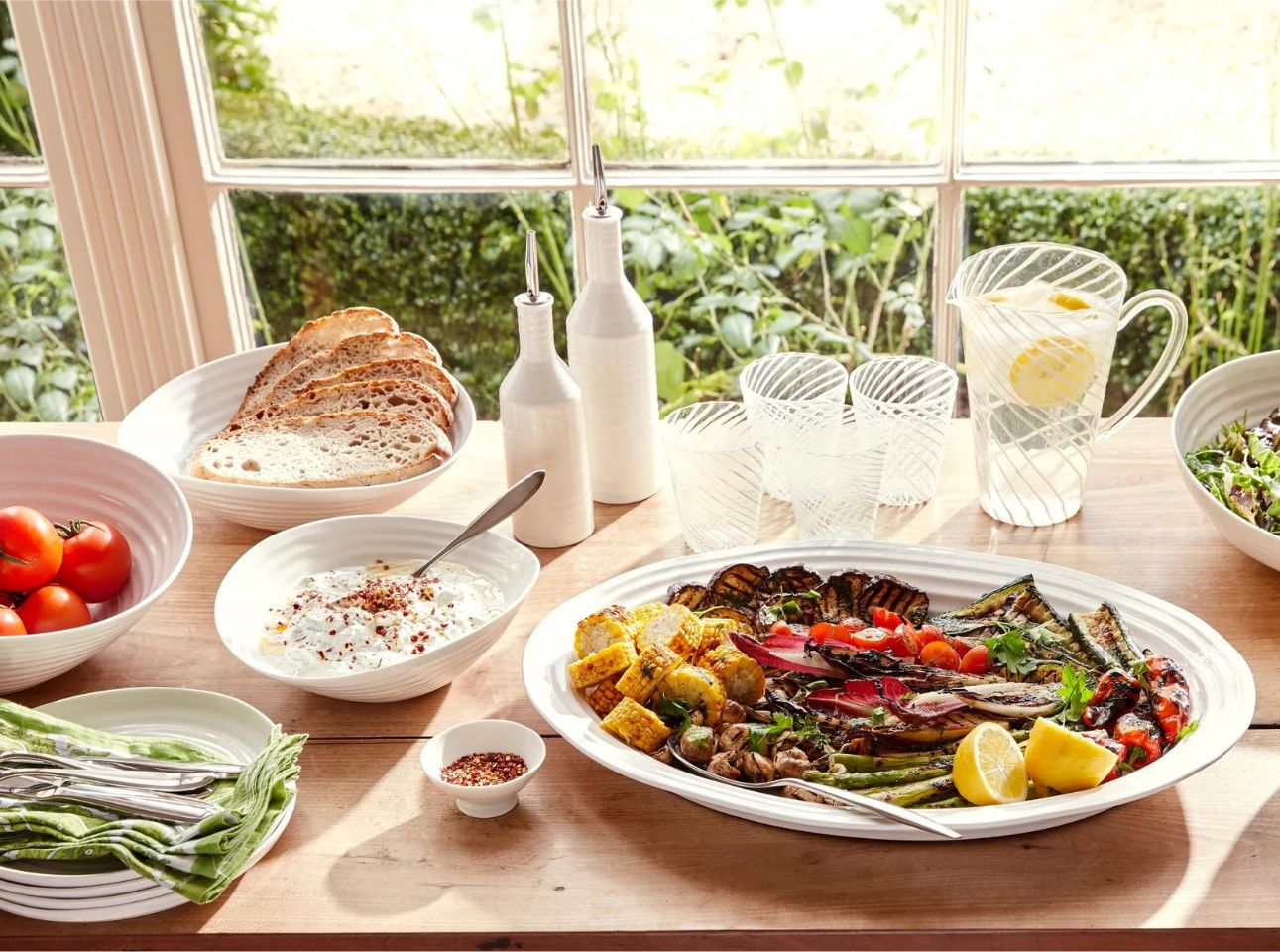

Tableware
What Is The Size Difference Between A Salad Plate And A Dessert Plate?
Modified: January 23, 2024
Discover the size difference between a salad plate and a dessert plate with our comprehensive guide to tableware. Choose the perfect plate for your next meal!
(Many of the links in this article redirect to a specific reviewed product. Your purchase of these products through affiliate links helps to generate commission for Storables.com, at no extra cost. Learn more)
Introduction
When it comes to setting a table or serving a meal, having the right tableware is essential. Whether you’re hosting a dinner party or enjoying a meal with your family, the size and type of plates you use can greatly impact the overall dining experience. In particular, the size difference between a salad plate and a dessert plate is worth understanding to ensure that you’re serving your courses in the appropriate manner.
In this article, we will explore the size difference between a salad plate and a dessert plate, and discuss the factors to consider when choosing plate sizes for different courses. So let’s dive in and find out how these two types of plates compare!
Key Takeaways:
- The size difference between a salad plate and a dessert plate is crucial for creating visually appealing and functional table settings, enhancing the dining experience for guests and hosts alike.
- Understanding plate sizes based on dish type, portion size, visual aesthetics, practicality, and occasion/formality allows for a balanced and enjoyable dining experience, adding depth and interest to the table setting.
Salad Plate
The salad plate, also known as the side plate or appetizer plate, is a smaller plate typically used for serving salads, appetizers, or small portions of side dishes. This plate is designed to accompany the main course and is meant for lighter, smaller portions of food.
Generally, a salad plate has a diameter of around 7 to 8 inches. Its smaller size makes it perfect for serving individual portions of salads, antipasti, or even a slice of cake during afternoon tea. The compact size of the salad plate allows for easy handling and portion control, ensuring that the presentation of the dish remains visually appealing.
Salad plates can come in various shapes and designs, ranging from classic round plates to more modern square or rectangular options. They are often made of durable materials like porcelain, ceramic, or glass. These materials not only enhance the aesthetic appeal of the plate but also make it suitable for both casual and formal dining occasions.
Whether you’re serving a light Caesar salad or a vibrant Caprese salad, the salad plate provides the perfect vessel for presenting these appetizing dishes. Its smaller size also encourages portion control, allowing you to enjoy your salad without overwhelming your appetite before the main course.
Dessert Plate
While the salad plate is ideal for appetizers and side dishes, the dessert plate is specifically designed to showcase and serve desserts. Often referred to as a dessert saucer or sweet plate, this plate is reserved for indulging in delectable treats at the end of a meal.
In terms of size, a dessert plate is typically smaller than a dinner plate but larger than a salad plate. It usually has a diameter ranging from 6 to 7 inches, allowing for the perfect portion of a sweet treat. The smaller size ensures that the focus remains on the dessert itself, creating a visually pleasing presentation.
Similar to salad plates, dessert plates can come in various shapes and designs. Depending on the occasion, you may opt for traditional round plates or venture into more unique shapes like oval or square. The choice of material also varies, with porcelain, fine china, and glass being popular options for these delicate plates.
When it comes to serving desserts, the dessert plate offers a charming elegance to the presentation. From a decadent chocolate cake to a delicate fruit tart, the smaller size allows for careful plating and ensures that each bite is enjoyed to the fullest. The dessert plate creates the perfect canvas for a beautiful garnish or a drizzle of chocolate sauce, enhancing the overall aesthetic of the dish.
When hosting a fancy dinner party or indulging in a sweet treat, consider the elegance that a dessert plate size dish brings to the table. It’s not just about serving dessert; it’s about elevating the entire experience. The next time you present a tantalizing treat, remember to select a dessert plate of the perfect size to truly capture the essence of the moment.
A standard salad plate is typically around 7-8 inches in diameter, while a dessert plate is usually around 6-7 inches. When setting a table, use the smaller dessert plate for sweet treats and the larger salad plate for greens.
Size Comparison between Salad Plate and Dessert Plate
Now that we have explored the individual characteristics of a salad plate and a dessert plate, let’s compare their sizes to understand the noticeable differences between the two.
As mentioned earlier, a salad plate typically has a diameter of around 7 to 8 inches. This size allows for the serving of small portions of salads or appetizers. On the other hand, a dessert plate is slightly smaller, usually ranging from 6 to 7 inches in diameter. The dessert plate provides the perfect size for showcasing and enjoying a delightful dessert after a meal.
When placed side by side, the difference in size between the salad plate and the dessert plate becomes apparent. The dessert plate is visibly smaller, offering a more compact and intimate setting for the sweet course. The salad plate, being slightly larger, allows for a more generous portion size and provides ample space for the arrangement of salad ingredients or side dishes.
While the size of a salad plate allows for versatility in serving different appetizers or side dishes, the smaller size of a dessert plate encourages portion control and allows for the focus to be on the exquisite flavors and presentation of the dessert. Choosing the appropriate plate size according to the course being served adds to the overall dining experience and aesthetic appeal of the meal.
Additionally, the size difference between the salad plate and the dessert plate also aids in creating a visually appealing table setting. The contrasting sizes of the plates add interest and dimension to the table, making it more visually appealing and inviting for guests.
Ultimately, both the salad plate and the dessert plate serve their respective purposes in helping you set your table. The salad plate provides versatility and space for serving appetizers or side dishes, while the dessert plate enhances the presentation and enjoyment of the sweet finale to a meal. Understanding the size difference between these two plates enables you to select the appropriate plate for each course, ensuring that your table setting is both functional and visually appealing.
Factors to Consider When Choosing Plate Sizes
When selecting plate sizes for different courses, there are several factors to consider to ensure that your table setting is balanced and practical. Here are some key factors to keep in mind:
- Type of Dish: The type of dish being served is a crucial consideration when choosing plate sizes. As we discussed earlier, salad plates are suitable for appetizers, salads, and smaller side dishes, while dessert plates are ideal for sweet treats. For main courses, a larger dinner plate is typically used.
- Portion Size: Consider the portion size for each course. Larger plates are suitable for serving substantial portions, while smaller plates can help with portion control for lighter dishes. It’s important to strike a balance between providing enough food and not overwhelming your guests.
- Visual Aesthetics: Plate sizes contribute to the overall visual appeal of the table setting. Mixing different plate sizes can add depth and visual interest to the presentation. Consider the shape and design of the plates as well, ensuring they complement the style and theme of your meal or event.
- Practicality: Consider the practicality of the plate sizes in terms of storage, serving, and table space. Ensure that the plates comfortably fit on your table without overcrowding it. Also, ensure that you have enough storage space to accommodate different plate sizes when not in use.
- Occasion and Formality: The occasion and formality of the event should also influence your choice of plate sizes. For more formal events or fine dining experiences, larger plates may be preferred. Casual gatherings or intimate dinners may benefit from smaller plate sizes.
By considering these factors, you can effectively choose plate sizes that enhance the dining experience, showcase your culinary creations, and create a visually cohesive table setting.
Remember, there are no strict rules when it comes to plate sizes, and personal preference and creativity can play a significant role. Experimenting with different plate sizes and finding what works best for your specific needs and style is key to creating an enjoyable and visually appealing dining experience.
Read more: What Size Is A Dessert Plate?
Conclusion
Understanding the size difference between a salad plate and a dessert plate is essential for creating a well-balanced table setting and enhancing the overall dining experience. While the salad plate is slightly larger and versatile, perfect for appetizers and side dishes, the dessert plate is smaller and specifically designed for showcasing and savoring delightful sweet treats.
When choosing plate sizes, it is important to consider factors such as the type of dish being served, portion sizes, visual aesthetics, practicality, and the occasion’s formality. These considerations will help you create a visually appealing and functional table setting that caters to the specific needs of your guests or event.
Mixing different plate sizes can add depth and visual interest to your table, creating a dynamic and inviting atmosphere. Whether you opt for classic round plates or experiment with unique shapes and designs, the chosen plate sizes should complement the overall theme and style of your meal or event.
Remember, there are no strict rules when it comes to plate sizes, and personal preference and creativity can play a significant role. By understanding the purpose and characteristics of each plate and incorporating them effectively into your table setting, you can create a memorable dining experience that delights both the palate and the eyes.
So, the next time you set your table or plan a menu, consider the size difference between a salad plate and a dessert plate, and select the appropriate plate sizes to showcase your culinary creations and elevate the dining experience for yourself and your guests.
Frequently Asked Questions about What Is The Size Difference Between A Salad Plate And A Dessert Plate?
Was this page helpful?
At Storables.com, we guarantee accurate and reliable information. Our content, validated by Expert Board Contributors, is crafted following stringent Editorial Policies. We're committed to providing you with well-researched, expert-backed insights for all your informational needs.
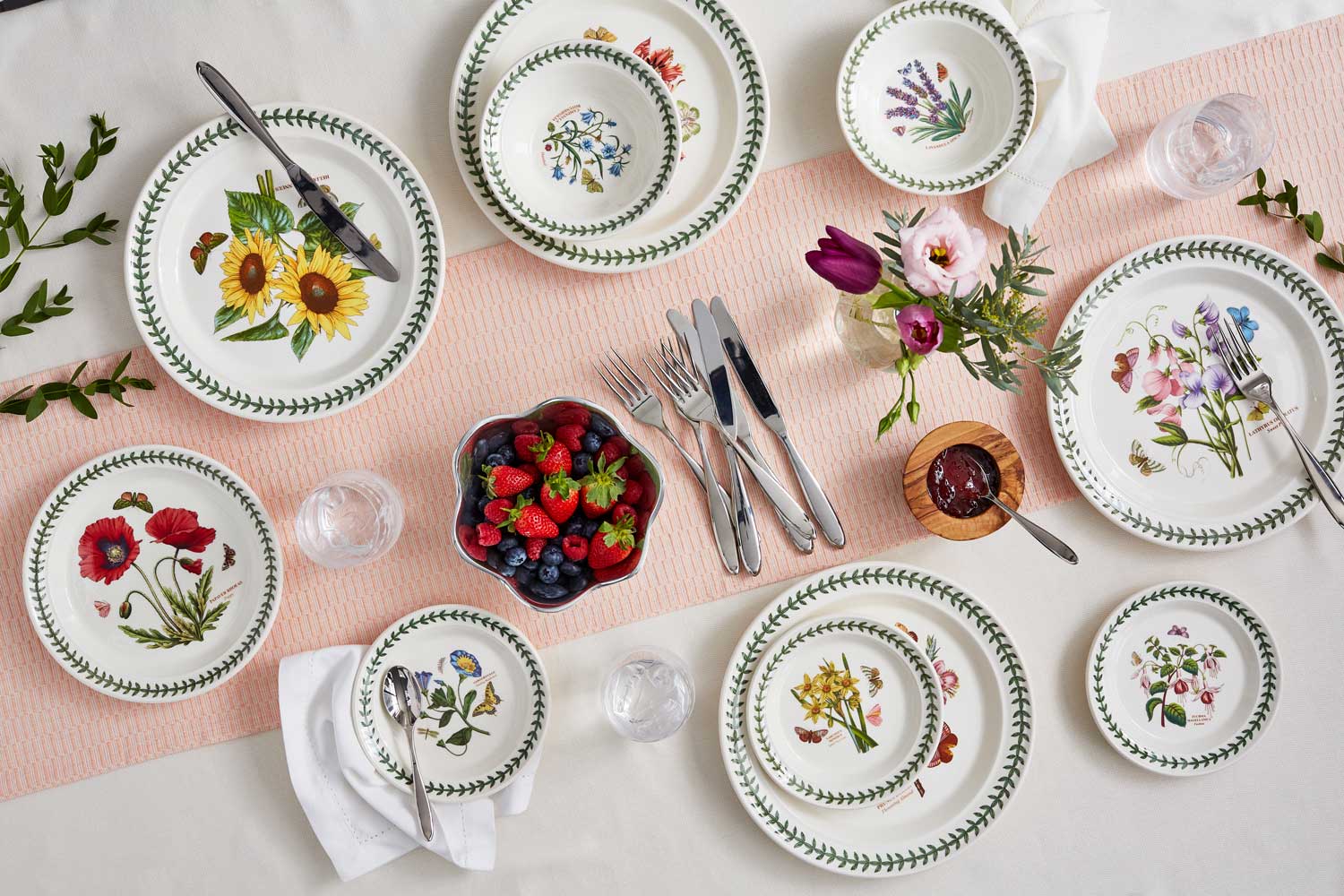





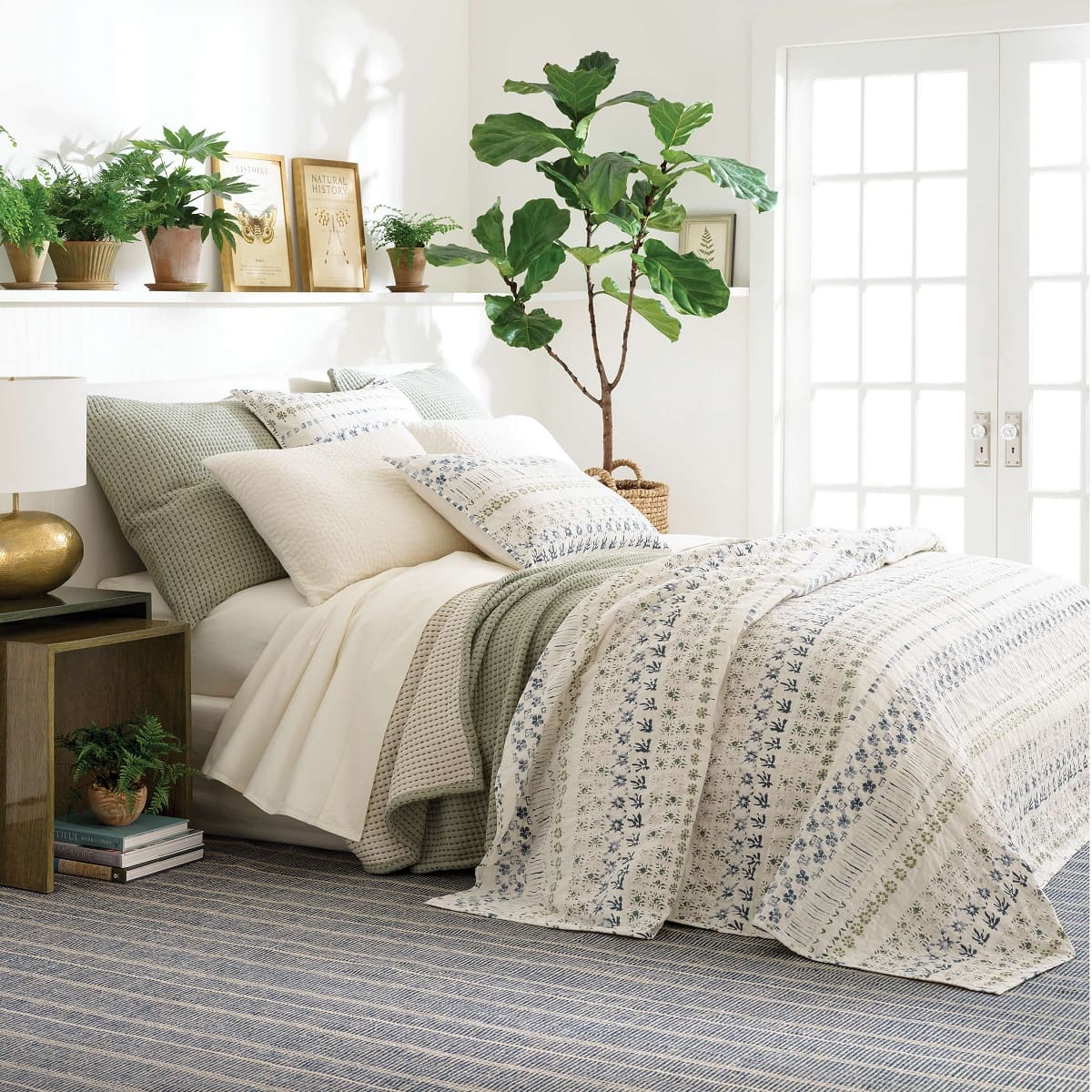
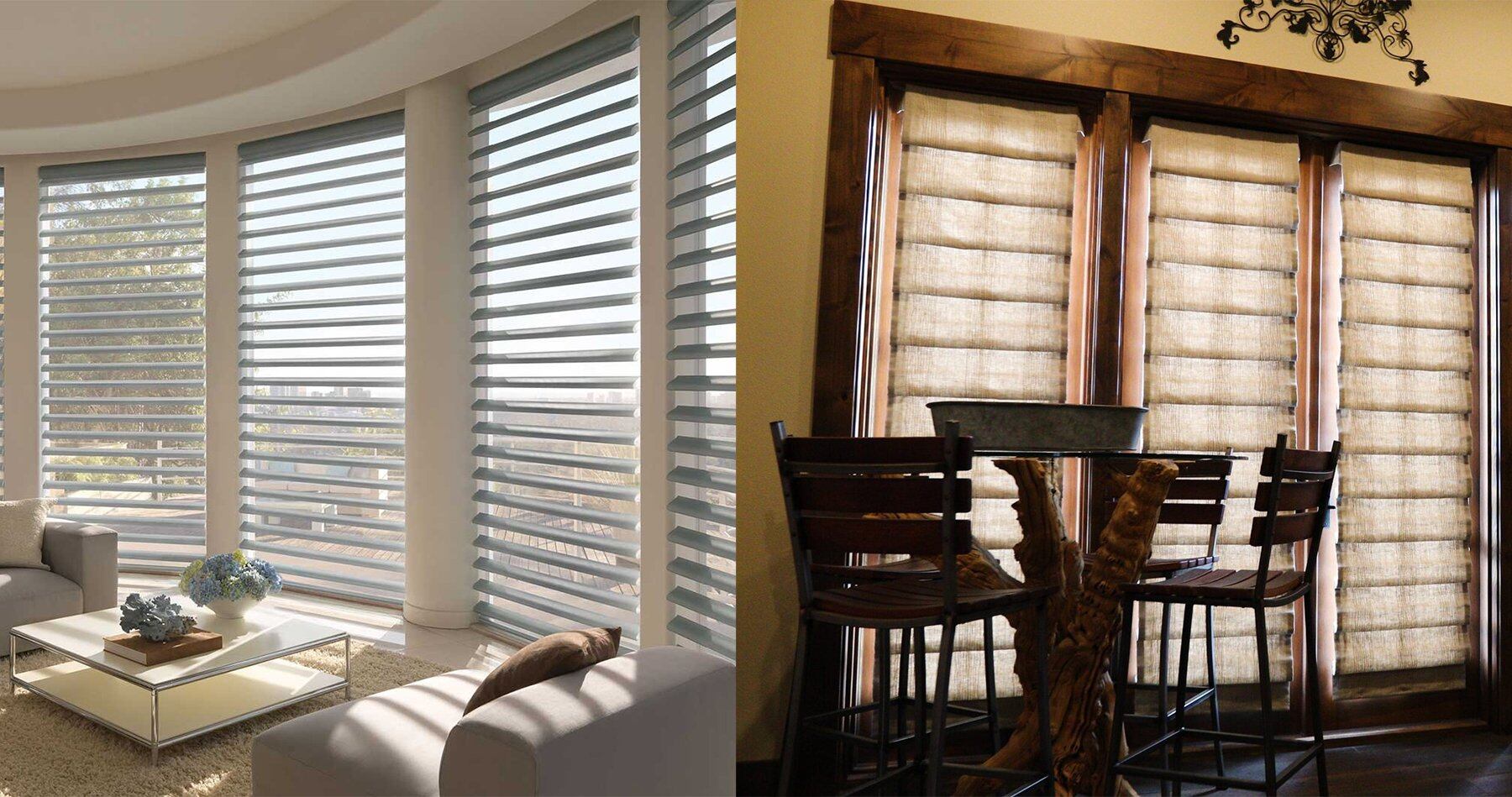


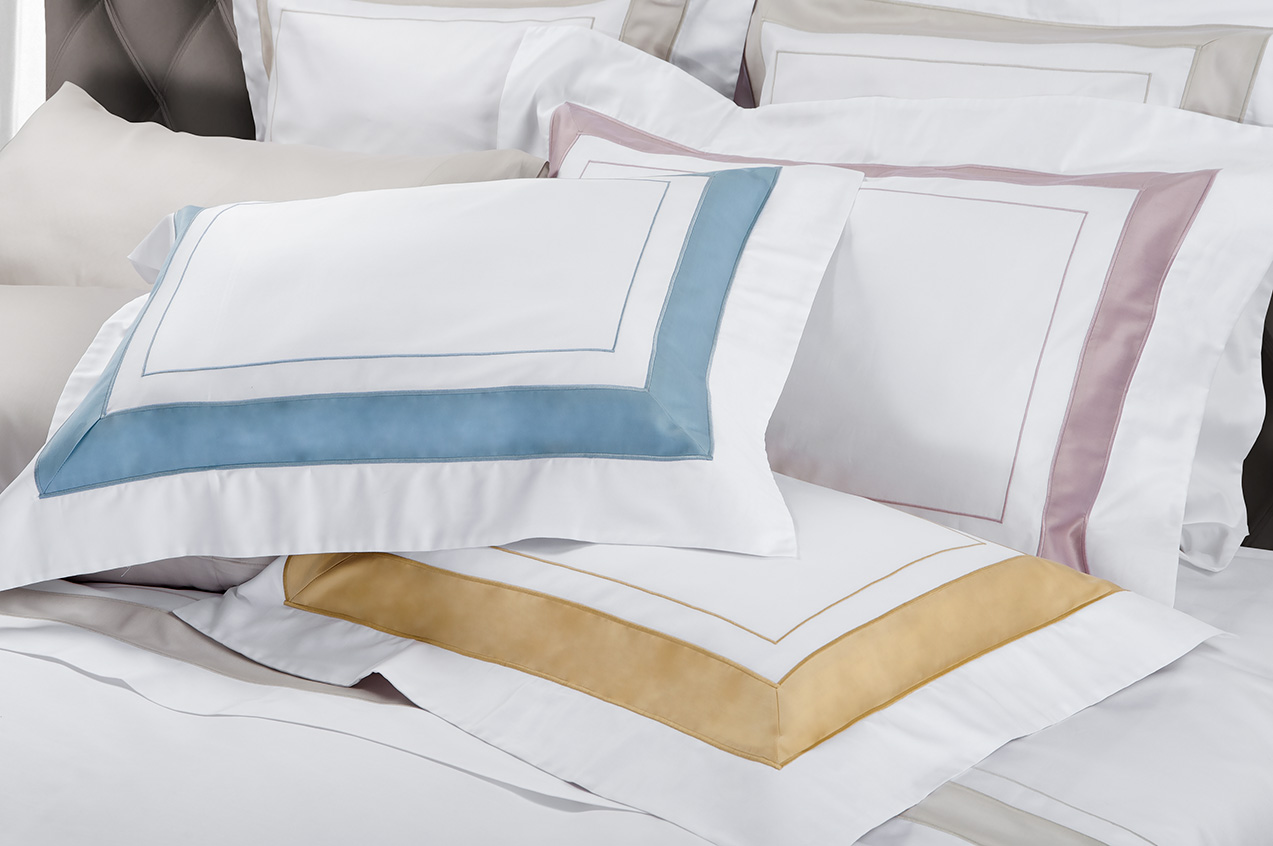


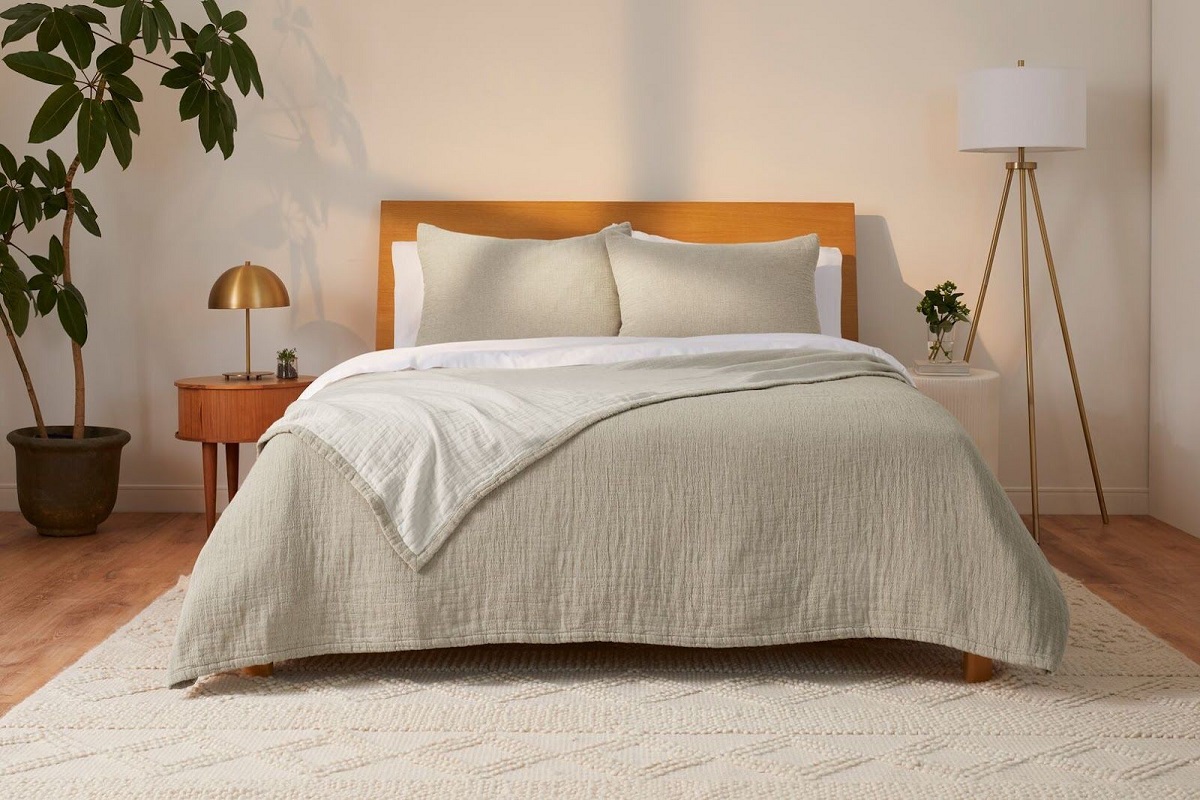

0 thoughts on “What Is The Size Difference Between A Salad Plate And A Dessert Plate?”